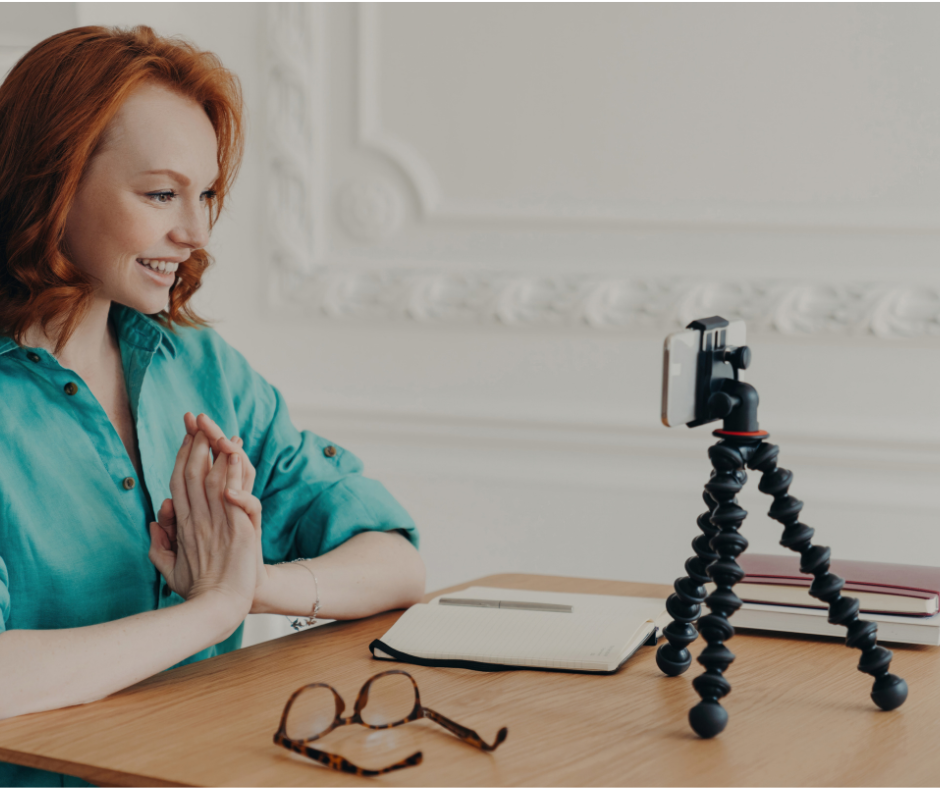Healing begins within and expands as we learn to face what once felt impossible. Exposure therapy is a practice that challenges us to step toward fear instead of retreating from it, creating the space for resilience to grow. By gradually confronting discomfort, we discover strength, freedom, and deeper self-expression.
In this blog, we will explore what exposure therapy is, the benefits it offers, and specific ways to practice it in daily life. We will also share how exposure therapy has shaped our own creative journey and why doing what scares us is essential for healing and growth.
What Is Exposure Therapy?
Exposure therapy is a structured practice that helps us face fears in safe settings. We approach what we avoid with small, planned actions. We repeat these actions until the fear response softens. Consistent, gentle exposure teaches our nervous system that the feared cue is tolerable. Progress builds through clear goals, measured steps, and compassionate reflection.
Benefits of Exposure Therapy
Exposure therapy supports growth across creative and personal life. We learn to trust our capacity, speak honestly, and act with intention. Stepwise exposure reduces avoidance and increases freedom in daily choices.
- Increased Confidence: We prove to ourselves that sometimes there was nothing to fear.
- Reduced Anxiety: Repetition lowers reactivity and builds calm responses.
- Emotional Resilience: We recover faster after stress and uncertainty.
- Authentic Self Expression: Our voice strengthens through regular practice.
- Creative Momentum: We allow ourselves to create more often.
- Expanded Freedom: Our options grow as avoidance loses influence.
Ways to Practice Exposure Therapy
Start with one clear target that matters to our growth. Break it into steps that feel challenging yet possible. Choose actions that are specific, repeatable, and easy to track.
Build a Fear Ladder
List one core fear at the top and smaller steps beneath it—order steps from easiest to hardest. Begin with the lowest step that brings mild discomfort and repeat it often. Move up only when the step feels boring or manageable.
Example: If public speaking is the fear, the ladder might start with reading a short paragraph aloud at home, then recording a one-minute video, then speaking up in a small group, and finally presenting to a class or team. By moving step by step, the fear shrinks as skills grow.
Timed Micro Exposures
Pick a small exposure and set a short timer. Two to five minutes is enough to start. Short sessions reduce overwhelm and increase follow-through. Repeat the same micro exposure daily for one week.
Example: If making phone calls feels scary, set a timer for three minutes and call a friend to check in. Over time, consider increasing the length or switching to a professional contact. By limiting the time, we make the task easier to attempt repeatedly.
Social Media as Voice Practice
Choose one platform and one theme that reflects our values. Post one short thought or creative share each day. Vocalizing our perspective in public builds tolerance for being seen. Keep the format simple to reduce friction.
Example: If we fear judgment, start by posting a single sentence each morning about what inspires us that day. Once that feels easier, expand to sharing a short video or creative project. Each post reminds us that being seen can bring connection, not just fear.
Movement-Based Exposure
Pair exposure with gentle movement, such as a walk or a stretch. Move while reading or viewing the feared cue. Calming the body during exposure helps the mind relearn safety. Keep breath steady and pace relaxed.
Example: If crowded spaces feel overwhelming, take a short walk in a busy park for five minutes while practicing slow breathing. Gradually extend the walk or choose a slightly busier space. Movement shifts focus and shows the body that we can stay grounded in challenge.
Public Sharing of Creative Work
Select one piece to share before it feels ready. Set a deadline and publish to a small audience. Shipping imperfect work is a powerful exposure for creatives. Ask for one type of feedback to maintain a clear focus.
Example: If writing is the work, publish a blog post draft to a close community group rather than waiting for it to feel perfect. Repeat weekly, then widen the audience once comfort grows. This practice normalizes visibility and reduces the hold of perfectionism.
What Exposure Therapy Has Taught Us
Exposure therapy has shown us that courage grows through repetition. We do not wait for confidence to arrive. Confidence follows action when we meet fear with structure and care. Clear steps help us move even when emotions surge.
We learned that discomfort rises and then falls when we stay present. This pattern builds trust in our capacity to cope. The more we practice staying, the faster our system settles. We become steadier across creative work and relationships.
We also learned to celebrate tiny wins. Small actions compound into meaningful change. Momentum comes from simple habits that we repeat on ordinary days. This approach protects our energy and sustains growth over time.
Doing What Scares Us
Healing out loud asks us to act with intention when fear appears. We choose small steps, repeat them, and honor progress. At Worthiii, our blogs explore nervous system care, creative expression, and steady growth. Follow us on social media, where we practice exposure therapy by vocalizing our thoughts each day and sharing creative work in public



